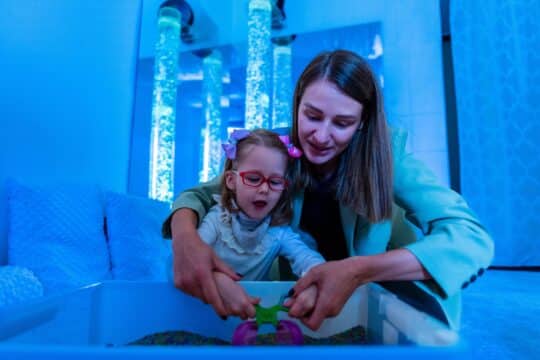Communication is the exchange of information from one person to another. This back and forth interchange has evolved throughout the generations as technology has become more and more widely used. According to Pew Research Center, greater than 90% of Gen Xers (those people who are turning ages 39 to 54 this year) and 93% of Millennials (people who are turning ages 23 to 38 this year) own smartphones. The newest label of generations, Generation Z, are the students we are educating today. Exactly who are these students, what ways do they communicate, and how can educators effectively communicate with them?
Who is Generation Z?
Generation Z are students who were born between 1995 and 2019 and are between the ages of 0-24 years old. By 2020, this range of people will account for almost 40% of the population and make up roughly 74 million people (Pew Research Center). Gen Z are our current elementary, middle school, and high school students. These students have learned communication very differently from people of Generation X. News is immediate, fast, and always at their fingertips. How exactly does Gen Z communicate?
Ways Generation Z Communicates
Many people in this generation have grown up hyper-connected to the world, have been playing on their parents devices since a very young age, and now use the smartphone as their preferred form of communication. The average person in Gen Z receives their first mobile phone by the age of 10 (Kasasa) and spends approximately three hours a day on their device.
A national poll conducted by Business Insider had 1,884 participants between the ages of 13 (roughly the age when the majority of the Gen Z population are using some sort of social media platform) and 21. The three platforms that were found to be checked daily and were most widely used were Instagram (65%), YouTube (62%), and Snapchat (51%) (BusinessInsider). Gen Z communicates largely through these platforms, sending instant pictures that narrate their day-to-day happenings. Students in this generation prefer texting to calling and would rather send an email to their teacher then talk with them face-to-face. Educators need to understand this changing language so they can best engage and motivate students in the Gen Z era.
Best Practices to Communicate with Generation Z Students
In order to best communicate with Generation Z students, educators need to speak in their language. Instagram, YouTube, and Snapchat all provide instantaneous communication, centered around pictures or short captions. Students in Gen Z are likely to have shorter attention spans since they are used to having instant access to information. Educators should utilize social media to engage with students and increase their motivation. Having a class Instagram or Twitter can help give students a voice in a language they already understand.
Other forms of digital communication such as blogs or online portfolios respect the dialect these students speak. Embracing learning management systems (Google Classroom, Schoology, or Moodle, to name a few) will help students continue communicating with each other and their educators in the digital way that is familiar to them.
Conclusion
Communication is an umbrella term encompassing all the ways people exchange information. With this new era of students sitting inside the classrooms today, educators need to speak in a language Generation Z students best understand. By using platforms like social media, learning stays personable to these students and helps engage and excite them. If teachers want to communicate with Generation Z, they need to speak their language. And that language is an ever-changing technological one.




